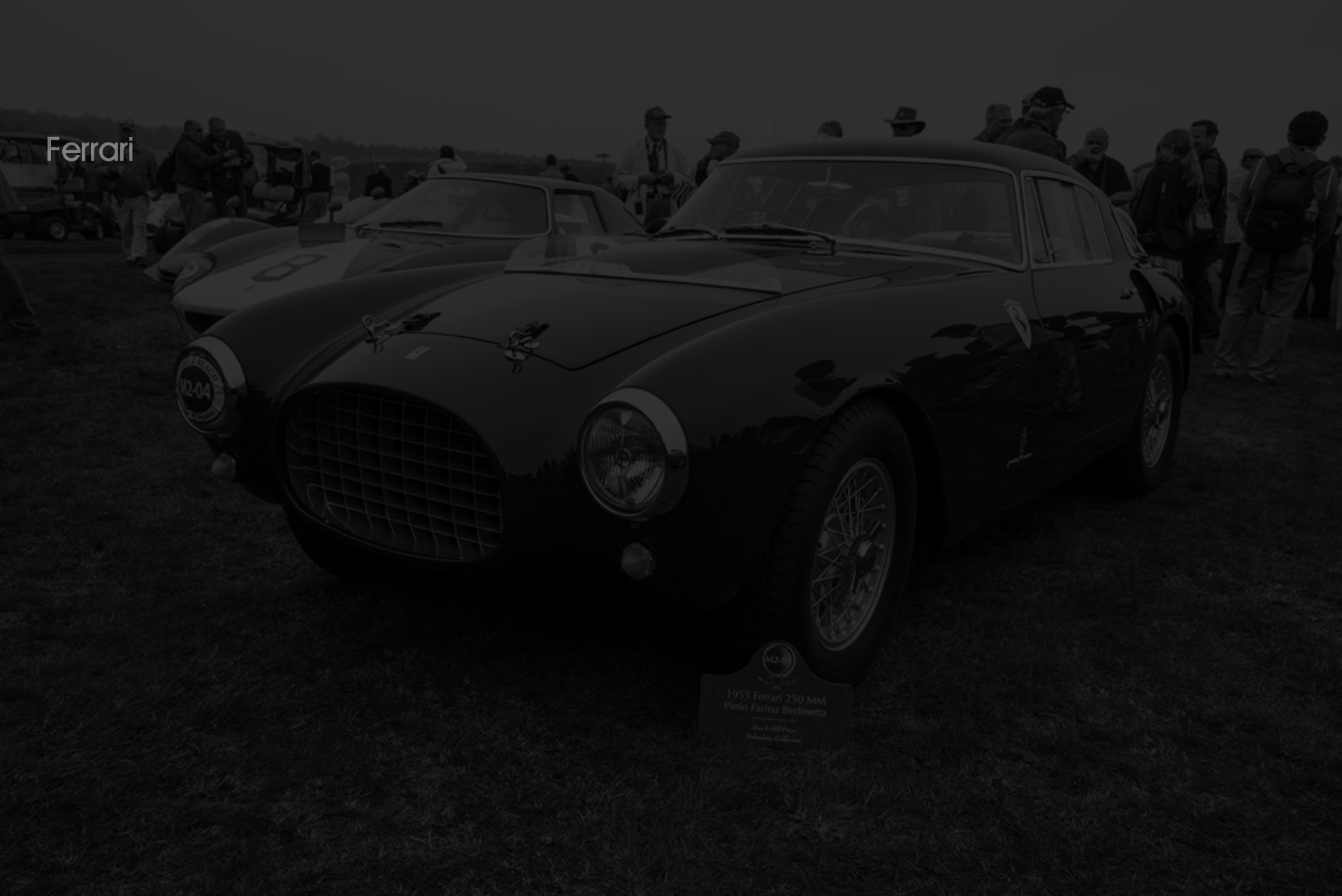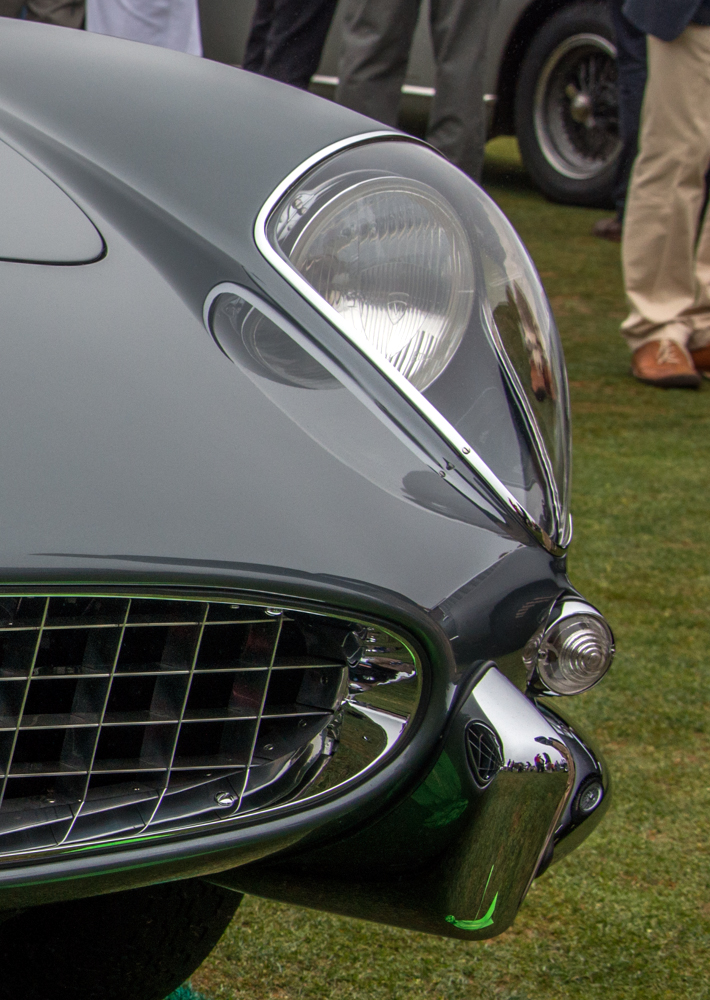1963 400 Superamerica
Pininfarina
Pinin Farina was looking ahead at the growing post war market for luxury sports cars, and his interest in growing his own manufacturing operation by serving it. So when he entered into his relationship with Ferrari the discussion of chassis dimensions to define a road car was broached. First steps were taken for the Lampredi large block 375 road car, and its sibling the 250 Europa. It was a natural point of analysis as the long blocks had previously, in the 340, relegated the driver to somewhere over the rear wheel.
When the popularity, on and off the track, of Colombo’s small block 250MM, drove further development of the 166 derived engine, rather than its abandonment, the decision was taken to really address interior accommodations. While the chassis became even more commodious for driver and passenger, the short block allowed it to be shortened. To further enhance nimble handling, the long used transverse leaf spring was jettisoned for coil springs.
From the beginning the Carrozzeria involved in bodying the cars of Maranello had sought to create what would be the Ferrari look. Shapes and volumes that would visually define the Marque’s performance like the sound of those V12 had for all those within earshot. Pinin had explored many concepts as the fifties came to a close. Unlike his peers, Ghia, Boano, Vignale, Pinin was a modern minimalist. Fifties excess, of faux shape and brightwork, found no traction at Pinin’s. But his early shapes’ minimalism tended to reflect a somber simplicity in road car and vertical head light brutality in the comp cars. His firm, being the acknowledged masters of convertible top mechanism, pursued a series of Cabriolet in 1957. One of the prototypes, the fourth perhaps, was covered light elegant of volume, delicate and understated in detail, while completely visceral in its expression of coiled force. It presaged what was to become, through evolution of detail, the Ferrari look.
In this 400 Superamerica we see it in full force. Even with the variation of designs from the 400s’ Coupe Aerodinamico to the 250 California and GTO, Pinin had established the Ferrari look in the public mind.
And here, beneath the superb metal, this car also was transformational. From the 340 to the 410, the engines of these individually designed and built Ferrari were based on the Lampredi long block. The 400 illustrated the triumph of the Colombo V12, via Jano and the Testa Rosa, over engines derived from the 4.5 F1 of a decade before.
All these elements having come together by 1963 made plain that Agnelli’s bet of 1955 had paid off; Ferrari had industrially matured, road cars provided revenue, and the competition cars promoted all things Italian.








